Overview
Map
Other Details
كاتدرائيّة مار مارون
Beit Ed-Dine
Chouf
Mount Lebanon
كاتدرائيّة مار مارون - بيت الدّينسنة ١٨٢٩ وهب الأمير قاسم شهاب المطران يوحنا الحلو (البطريرك لاحقًا) قطعة أرض لبناء كنيسة على اسم مار مارون لأبناء البلدة، هذه الكنيسة الأولى هي السكرستيّا اليوم. سعى لبناء الكنيسة الحاليّة الأمير بشير الثاني الشهابيّ الكبير، وكرّسها البطريرك يوسف حبيش في زيارته لمركز الإمارة في أيّار سنة ١٨٣٧، وجعلها كرسيًّا لرئيس أساقفة صور وصيدا المطران عبدالله البستاني، وبنى له دارًا للمطرانيّة بقربها، ليكون مركز المطران بجوار مركز الإمارة. تعرّضت الكنيسة للتخريب مرّتين: سنة ١٨٦٠ و١٩٨٣. أعيد ترميمها أخيرًا في تسعينيّات القرن العشرين.The Cathedral of St Maroun - Beit El DinIn 1829 Prince Qasem Chehab gave Bishop Youhanna El Helou (later Patriarch) a parcel of land to build a church dedicated to St Maroun on, this old church is used today as a sacristy. The current cathedral was built by Prince Bechir the second Chehab and consecrated by Patriarch Youssef Hobeich during his visit to the seat of power in Beit El Din in May 1838, and made it the seat of the archbishop of Tyr and Sidon, with its first prelate Archbishop Abdallah El Boustany. The archbishopric was constructed adjacent to the church, so that the seat of the Archbishop would be near the princely palace. The church was devastated during the wars of 1860 and 1983, and finally renovated during the nineties.
Visited 5443 times, 3 Visits today



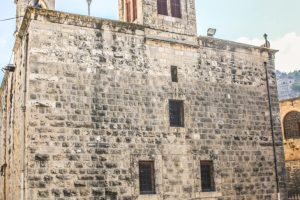
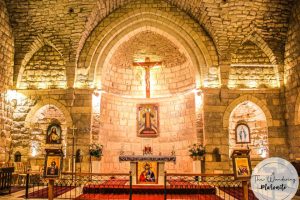
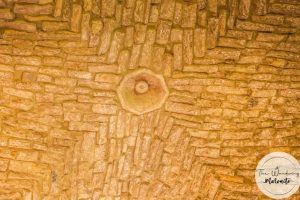
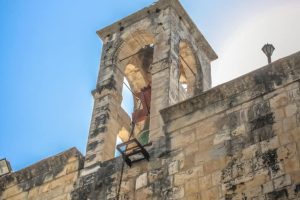
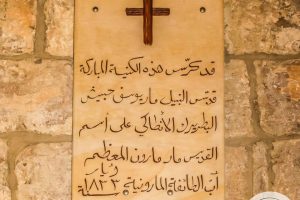
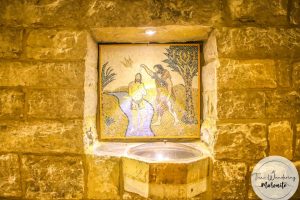
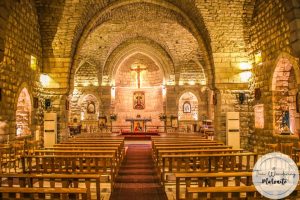
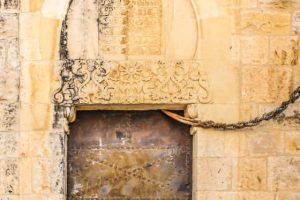
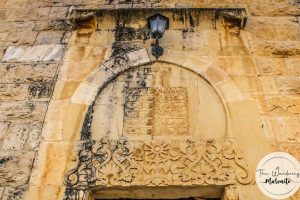












Reviews are disabled, but trackbacks and pingbacks are open.